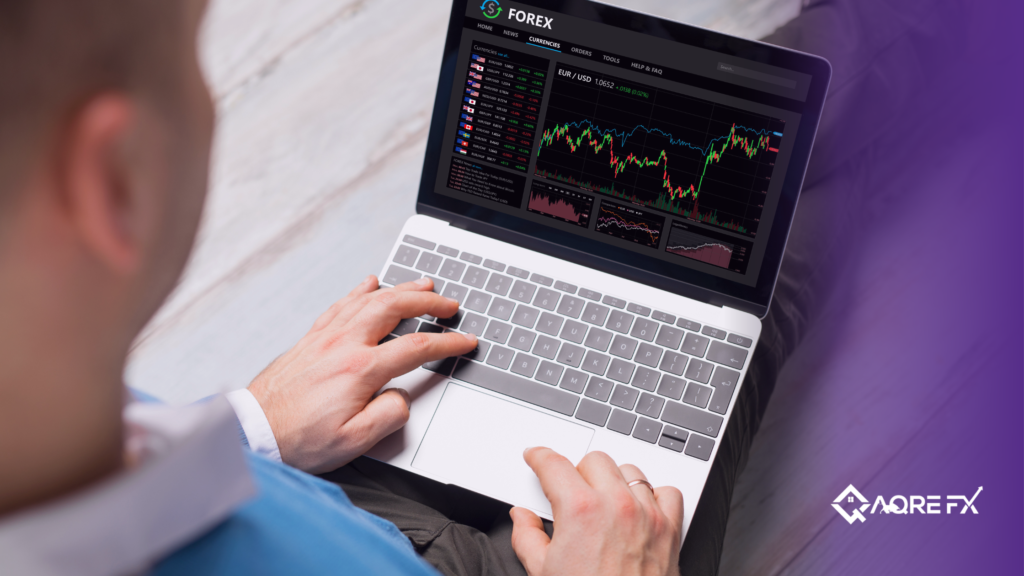Are you considering using automated trading systems to level up your trading game? These computer programs, also known as trading robots, can make trading easier by executing trades automatically. But before you dive in, it’s essential to be aware of their drawbacks. In this article, we’ll explore some of the most common cons of automated trading systems. By the end, you’ll have all the information you need to decide whether they fit your trading strategy.
Automated Vs. Manual Systems
Automated trading uses advanced computer software or robots to execute trades automatically, so you can sit back and relax. On the other hand, manual trading requires you to put in more effort and time to analyze the market and make trading decisions yourself, giving you greater control over your trades and the flexibility to adjust your strategy based on market conditions. So, which one should you choose? Well, it all depends on your trading style and preferences.
Beware of the Cons: The Downside of Automated Trading Systems
Automated trading systems are the perfect solution for busy traders. But before you invest in one, you should be aware of the potential drawbacks, including:
Technical Failures
Automated trading systems depend on technology to execute trades, making them vulnerable to technical failures. Malfunctions can lead to incomplete executions, resulting in significant losses. You must monitor your automated trading systems closely to avoid these technical hiccups.
Monitoring
An automated trading system may seem like a set-it-and-forget-it solution to your forex struggles. While these trading systems are designed to simplify trading, they’re not foolproof. Technical issues like power cuts, system failures, or connectivity loss can cause incomplete or missed trades. Such hiccups can result in significant losses.
Automated trading still requires you to watch your system to identify and resolve any challenges that could arise quickly can avoid the frustration of missed opportunities and the pain of costly losses.
Over-Optimization
Developing and managing a solid trading strategy for the FX market is essential. Backtesting using bots can be an invaluable tool for creating effective strategies. However, you run the risk of over-optimizing. Tweaking a plan too much to achieve exceptional results in historical data can result in unpredictable outcomes in live trading.
Optimization can make you erroneously think that only some trades will be profitable. The reality is that striving for a strategy with a nearly 100% success rate is unrealistic. Avoid the temptation of over-optimization to build a more robust and reliable fx strategy to achieve long-term success.
Downtime
As a trader, you know the importance of timing when executing trades. Automated trading systems can make trading more efficient, but technical issues such as computer crashes or internet connectivity problems can result in missed opportunities and significant losses.
Potential for Out-of-Control Losses
Many variables might contribute to the possibility of uncontrollable losses in automated forex trading. Trading robots operate based on pre-programmed rules and algorithms without human intervention. When the market undergoes quick and unexpected shifts, the trading bot may keep executing orders without halting or adjusting, resulting in substantial losses.
Additionally, uncontrollable losses can also arise out technical issues with the trading robot or the trading platform. If the trading robot glitches or experiences connectivity issues during a high-volatility market occasion, it may result in incomplete or missed deals and heavy losses.
Lastly, leaning too much on automated trading tools may increase the likelihood of losses spiraling out of control. It is critical not to become comfortable and believe that the trading algorithm will always make the correct judgments without any oversight or control. This lack of attention to the trading robot’s performance can lead to significant losses if the market conditions change or the trading robot malfunctions.
Rigidity and Inflexibility
Most automated trading systems are designed for specific market conditions and may not perform well in different market environments. For example, a trading robot designed for trending markets may not perform well in ranging markets, and vice versa.
PC-Oriented Software
You may encounter compatibility issues if you’re a Mac user interested in using forex trading robots. Designers of forex trading robots had Windows-based computers in mind. This forces you to grapple with the stress of finding suitable Windows emulators or web-based solutions.
Remember that even the best forex trading robot cannot guarantee a perfect win rate. Mistakes can happen in forex trading, and past success doesn’t guarantee future profits. Be sure to approach automated trading with caution and proper risk management strategies.
Conclusion
Automated trading systems are a powerful tool for traders, providing speed and precision. But pay attention to the potential downsides. You can decide whether automated trading suits you by weighing the cons discussed here. Remember that no strategy is perfect, so it’s crucial to have realistic expectations and proper risk management to limit your losses.


